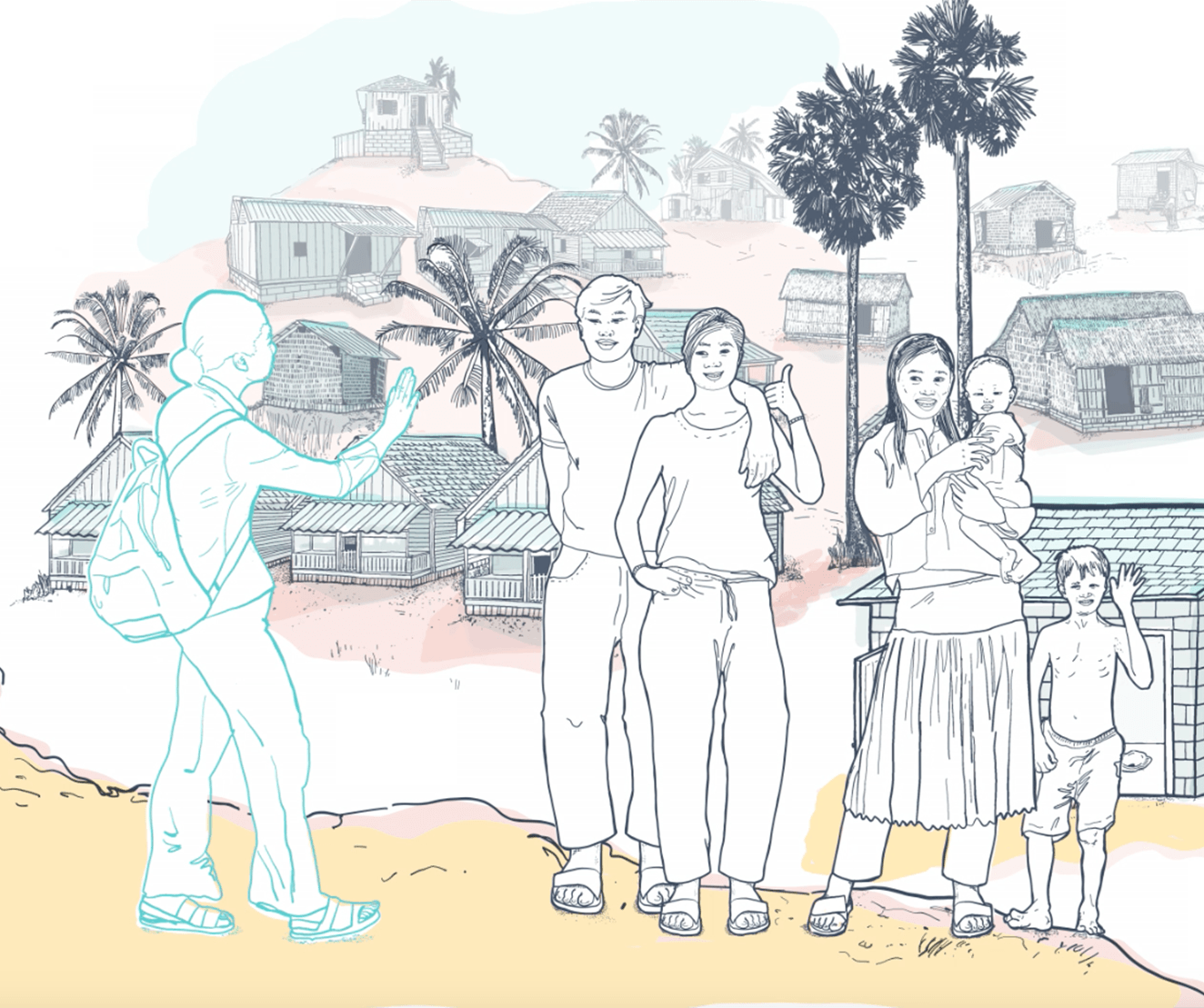Of the two billion people worldwide lacking access to at least basic sanitation, seven out of ten live in rural areas. Progress has been made on increasing rural sanitation and access levels are rising, but barriers remain in reaching the ‘last mile’ or some 10 to 20 per cent of the population who live in the most challenging contexts.
The factors affecting the ability of households to construct and use toilets, as well as the challenges sanitation programmes face in reaching specific groups, are highly diverse. Applying one-size fits all approaches has been proven not to work; therefore, we need more nuanced, adapted, and targeted approaches to capture the universality element of the Sustainable Development Goals (SDGs) and ensure that no one is left behind. However, we recognise that challenges can be persistent and there are limited documented examples of how to overcome these challenges at scale.
The Sanitation Learning Hub, UNICEF, and WaterAid commissioned this study to map rural sanitation approaches in challenging contexts and the guidance currently being used, drawing out emerging experiences and lessons. It involved key informant interviews (KIIs) with 44 interviewees, and consulting over 180 documented resources.
This rapid desk review collated preliminary findings across five broad ‘categories’ of challenges:
- Poverty and social marginalisation
- Entrenched attitudes and social beliefs
- Tough physical environments
- Lifestyles and livelihoods
- Fragile contexts
This initial landscaping study identifies gaps and provides recommendations on how to address some of them. All three commissioning organisations aim to work with the wider sector to explore the gaps and opportunities in more detail in a second phase of this work. For more information contact [email protected]
A summary of the paper’s findings is available in the related Learning Brief.
Document repository: A repository was created as part of the review. It contains 333 resources found, as of October 2020. Documents were identified through the researchers own files, internet searches, and those provided by the commissioning organisations and key informant interviews from the sanitation sector.
It includes the author, year and title as well as the geographical scope, a hyperlink, whether the resource is publicly available, the number of pages and whether it has an executive summary or not. In addition, it categorises the resources into type, what challenging context it relates to and the sanitation approach used.
Download here: Document Repository – Rural Sanitation in Challenging Contexts 2021







